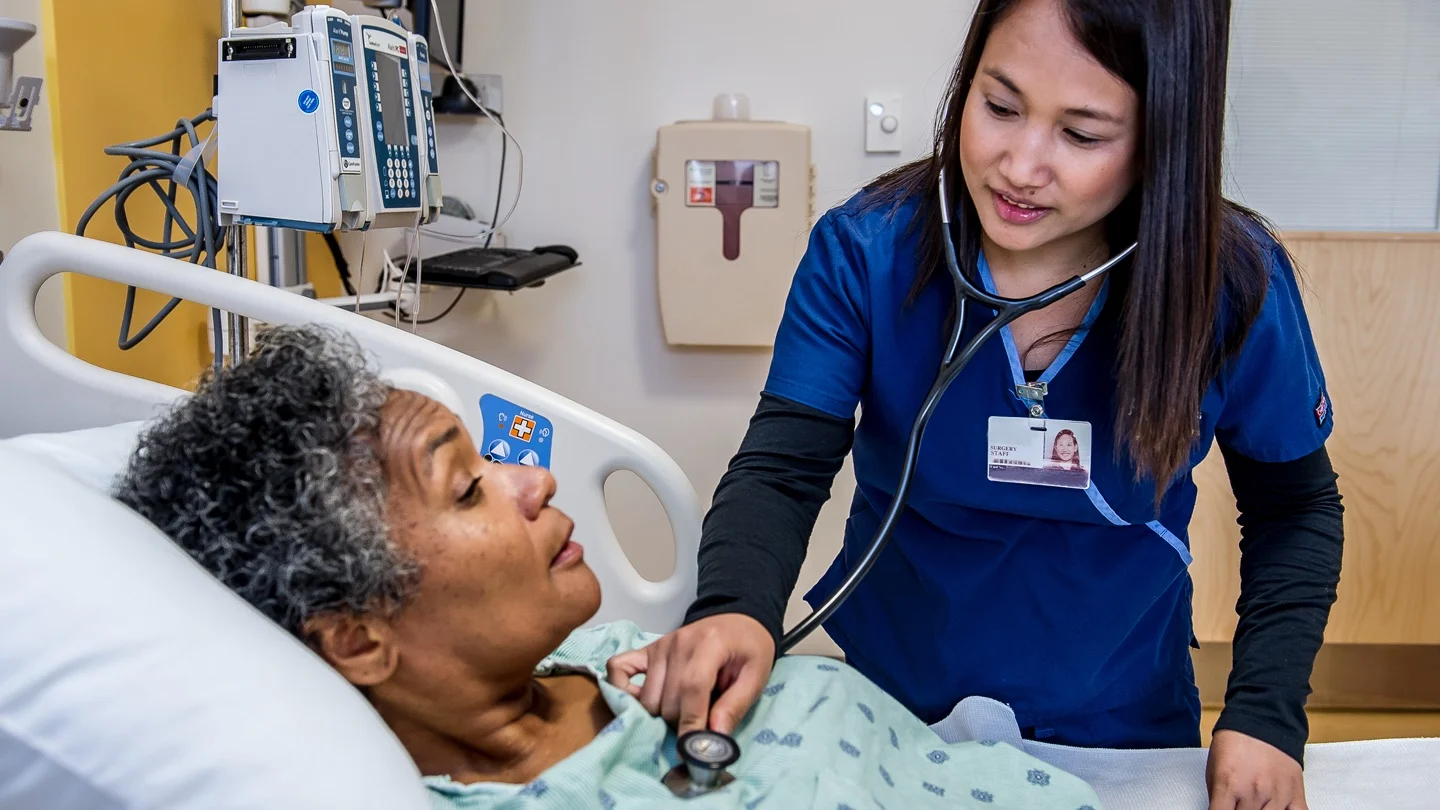Today our topic of discussion is Bronchography of Medical Surgical Procedures.
Bronchography of Medical Surgical Procedures

BRONCHOGRAPHY
Bronchography is an X-ray test to visualize the trachea, bronchi and entire bronchial tree after a radiopaque iodine contrast liquid is injected through a catheter into the tracheobronchial space. The bronchi are coated with the contrast dye, and a series of X-ray is then taken.
Normal finds: Normal tracheobronchial structure (Fig. 29.36).
Purpose
- To detect bronchial obstruction such as foreign bodies and tumors.
- Indications: Bronchial obstruction (e.g. foreign bodies, mors, cysts or cavities, bronchiectasis).
Client Preparation
- Obtain a signed consent form.
- Check that the consent form is signed premeditation is given
- Explain the procedure of the test.
- Gradually clients are extremely apprehensive about this test and are fearfu that they may be unable to breath
- Reassure the client that airway will not be blocked.
- Inform the patient that he or she may have a sore throat after the test as the result of catheter irritation
- Obtain history of hypersensitivity to anesthetics, lodine and X-ray dyes.
- Usually the client will receive an expectorant several days before the test to loose secretions
- Record the vital signs.

Procedure
A consent form should be signed
- The client should be NPO for 6 to 8 hours before the test
- Oral hygiene should be given the night before the test and in the morning.
- This will decrease the number of bacteria that could be introduced into the lungs
- Postural drainage is performed for 3 days before the test
- This procedure aids in the removal of bronchial mucus and secretions
- A sedative and atropine are usually given 1 hour before the tests.
- The sedative/tranquilizer is to promote relaxation; atropine is to reduce secretions during the test
- A topical anesthetic is sprayed into the pharynx and trachea.
- A catheter is passed through the nose into the trachea, and a local anesthetic and iodized contrast liquid are injected through the catheter
- The client is usually asked to change body positions so that the contrast dye can reach most areas of the bronchial tree
- Following the bronchography procedure, the client may receive nebulization and should perform postural drainage to remove contrast dye.
- Food and fluids are restricted until the gag (cough) reflex is present.
Post-procedural Care
- Assess for signs and symptoms of laryngeal edema (e.g. dyspnea, hoarseness, apprehension). This could be caused by a traumatic insertion of the catheter
- Assess for allergic reaction to the anesthetic and iodized contrast dye (e.g. apprehension, flushing, rash, urticaria, dyspnea, tachycardia and hypotension)
- Check the gag reflex to see that it has returned before offering food and fluids. Have the client swallow and cough or tickle the posterior pharynx with a cotton swab; if gag reflex is present, offer ice chips or sips of water before food
- Monitor vital signs.
- The temperature may be slightly elevated for 1 or 2 days after the test
- Checks breathe signs. If rhonchi and fever are present,
- notify the health care providers and record on the client’s chart
- Have the client perform postural drainage post-test?
- This procedure helps with the removal of the contrast dye.
- Physiologic damage will not occur if some of the dye remains in the lungs for a period of time
- Offer throat lozenges or an ordered medication for answer their questions .
- Be supportive of the client and family.
- Be available to answer their questions.

Contraindications
- Bronchoscopy is contraindicated during pregnancy
- Client is hypersensitive to anesthetics, iodine or X-ray dyes.
Factors Affecting Diagnostic Results
- Secretions in the trace bronchial tree can prevent the contrast dye from coating the bronchial walls.
Read more:
